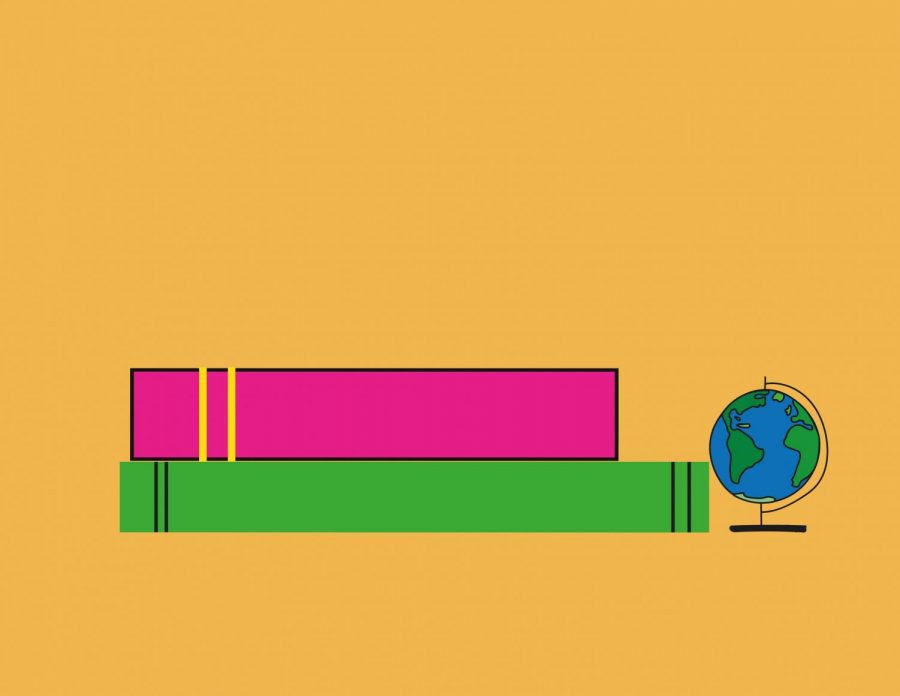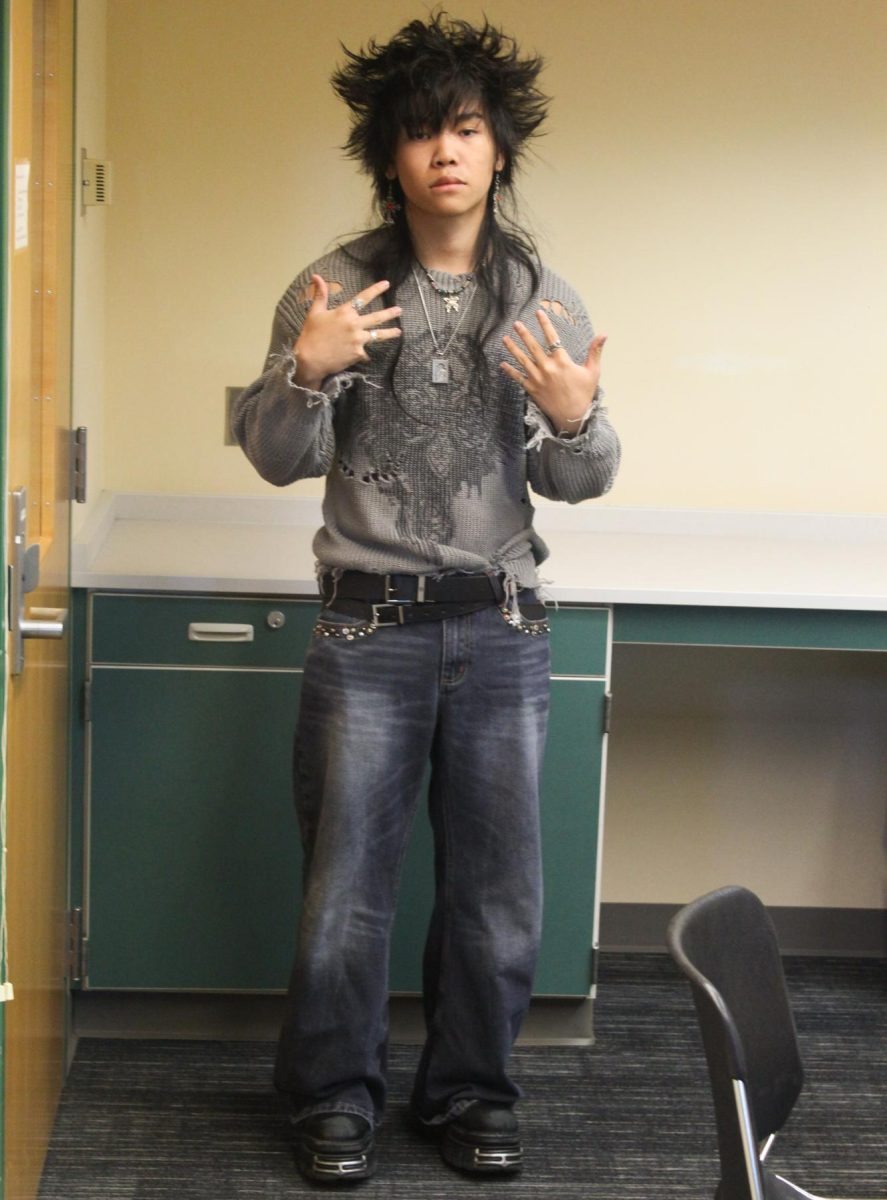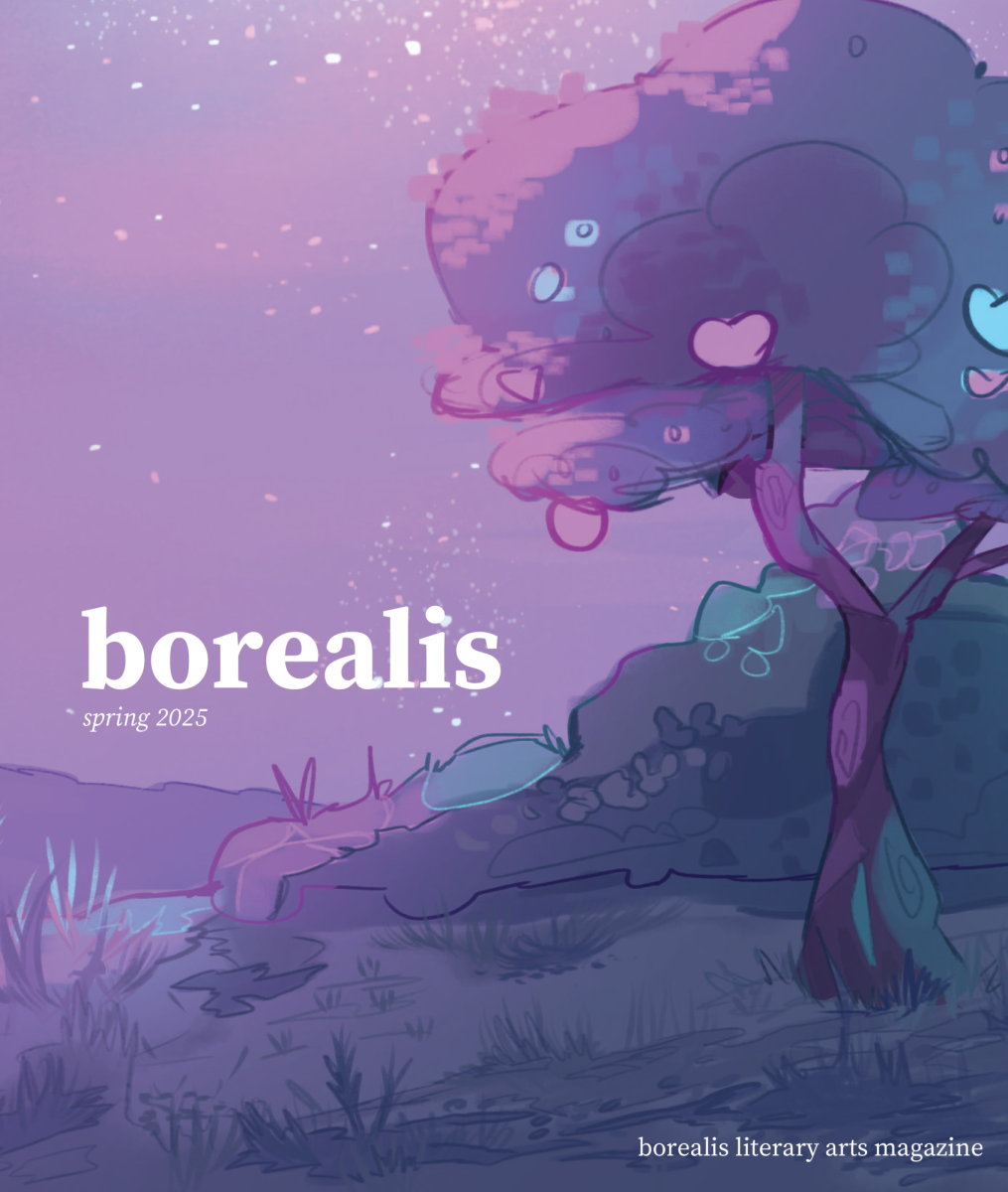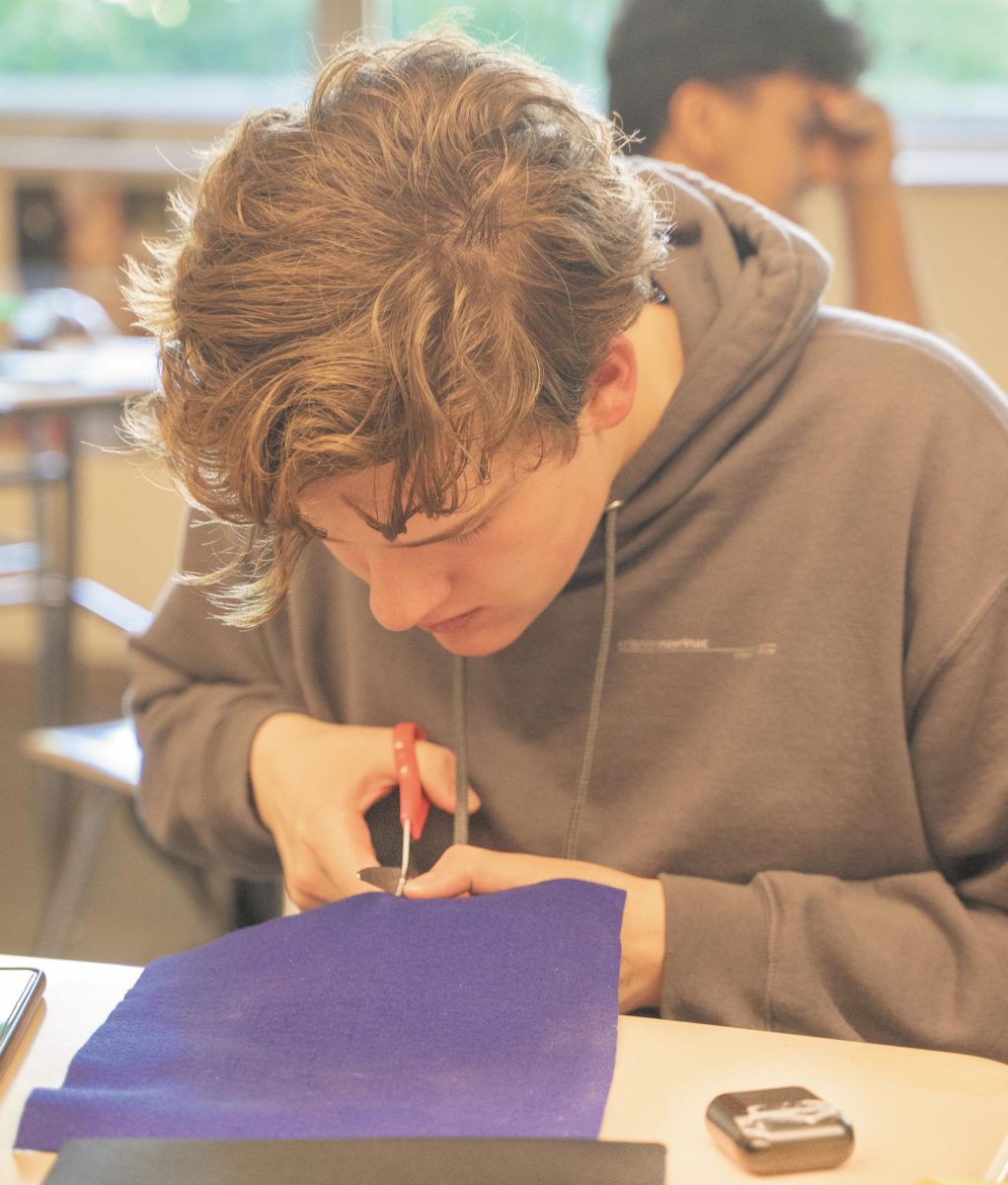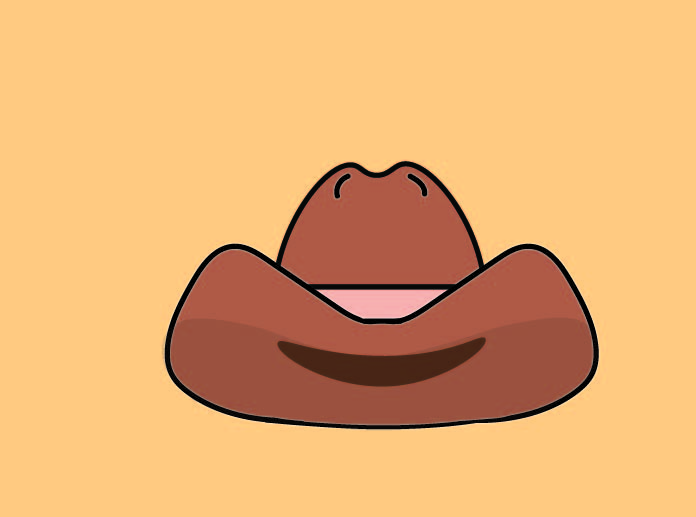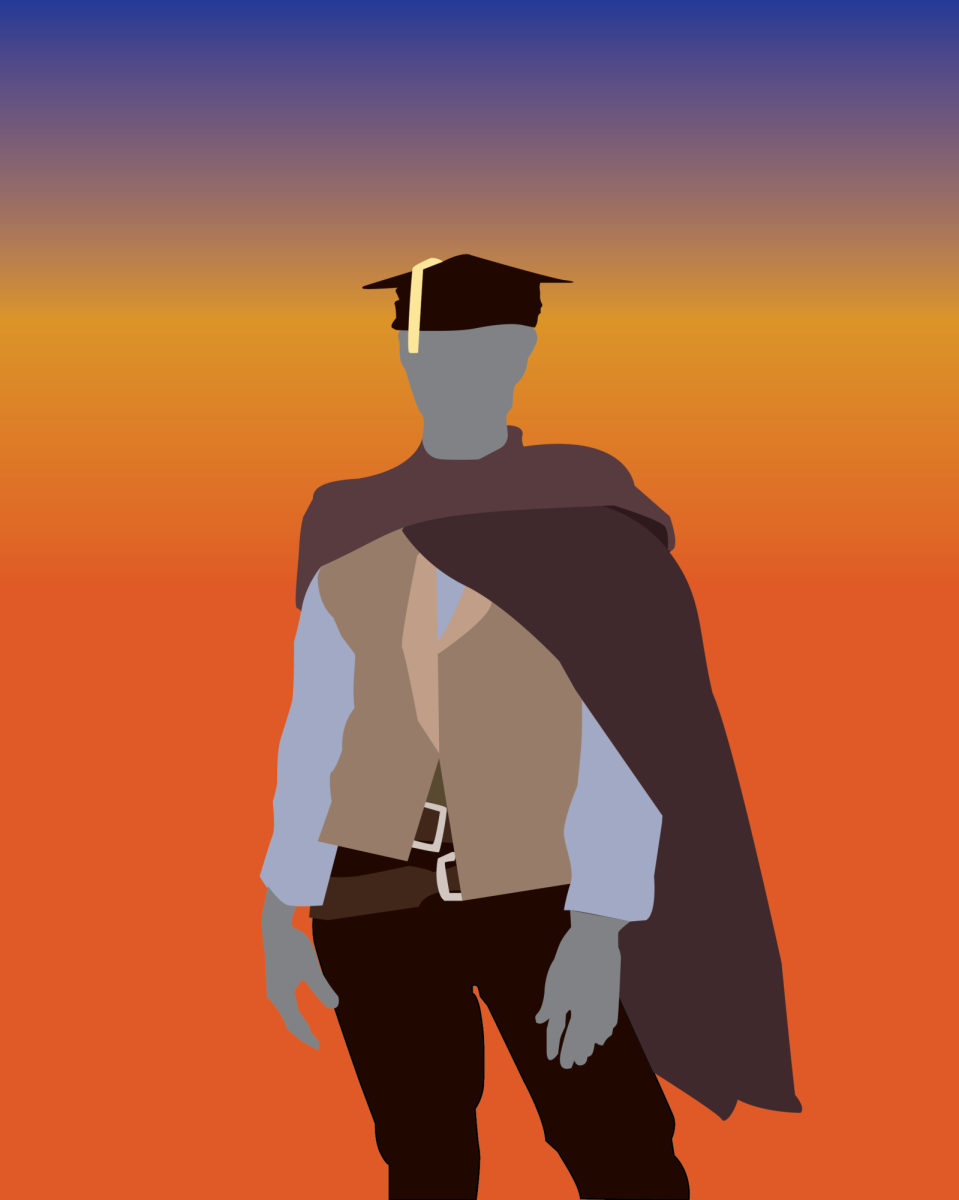“Imani’s Moon”
Written by Janay Brown-Wood
Illustrated by Hazel Mitchell
Even though Imani is the smallest child in her Maasai village, she has big dreams of touching the moon. Despite constant teasing, she slowly finds herself believing in her own abilities. Brown-Wood incorporates the Maasai tribe’s tradition of storytelling through Imani’s mother’s inspirational tales of African mythology. This, along with Hazel Mitchell’s illustrations, transport the reader to the heart of African culture. Although author JaNay Brown-Wood intended “Imani’s Moon” for children, everyone, especially students, will be motivated to pursue their dreams, no matter the obstacle. As Imani touches the moon, reader’s hearts will also be touched by this tale that encourages reaching for the stars.
“Prince and Knight”
Written by Daniel Haack
Illustrated by Stevie Lewis
A twist on classic fairy tales, “Prince and Knight” reimagines the conventional tale of a prince and princess. The book follows the typical format of our most cherished childhood stories: a prince fights a battle, escaping death to meet the love of his life. However, this prince finds his happily ever after not with a princess but with a knight. The book’s charming rhyme scheme and adorable illustrations by Stevie Lewis may remind us of our childhood, but its incorporation of LGBTQ+ values makes for a fresh, modern take on conventional storylines. Those in the LGBTQ+ community and their supporters will be sure to fall head over heels for this happy ending.
“Oh, The Places You’ll Go!”
Written and Illustrated by Dr. Seuss
“You have brains in your head. You have feet in your shoes. You can steer yourself in any direction you choose.” Beginning with this familiar line, Dr. Seuss’ “Oh, The Places You’ll Go!” is a motivational and catchy story that is sure to make readers everywhere smile. Following the travels of a young boy, the book’s message is quite simple: from all things big and small, you can conquer them all. The book also emphasizes that while not all moments in life are perfect, you’ll always be able to get through them. The colorful pages of the book are reminiscent of our favorite Seuss tales and with its positive yet realistic message, the story is sure to inspire all ages, even those in high school and beyond as they go to new places and explore new opportunities.
“The Cat in the Hat”
Written and Illustrated by Dr. Seuss
A bedtime staple, “The Cat in the Hat” by Dr. Seuss is a nostalgic symbol of childhood for many, following the story of a cat who visits two children on a rainy day. But is this light-hearted children’s book really as innocent as it seems? The book “Was The Cat In the Hat Black?” states that the character of “The Cat in the Hat” stereotypes blackface performers. As said by diversity expert and researcher Katie Ishizuka, “The Cat’s oversized top hat, floppy bow tie, white gloves and frequently open mouth mirrors actual blackface performers; as does the role he plays as ‘entertainer’ to the white family — in whose house he doesn’t belong.” So while this story and other seemingly naive classics might be emblematic of our childhoods, we should begin to consider their ramifications, especially before introducing them to the next generation.



